73
Global neonatology
Enormous efforts have been made in many low- and middle-income countries to achieve Millennium Development Goal 4 (MDG 4), a two-thirds reduction in child mortality from 1990 to 2015. The mortality rate for children under 5 years old has declined markedly since 1990, particularly from improved coverage of immunization, early treatment and prevention of malaria and HIV (Fig. 73.1). However:
- Neonatal mortality has declined much more slowly, with 44% of all deaths at age <5 years now in first 28 days of life (Fig. 73.1).
- Progress is slowest in reducing early neonatal deaths (first week of life), when 75% of neonatal deaths occur, 40% in the first 24 hours.
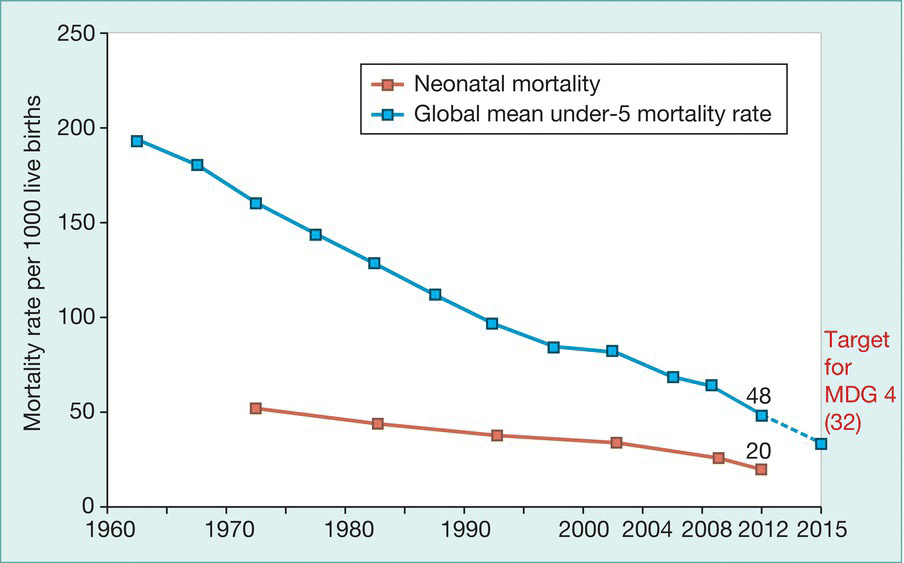
Fig. 73.1 Global progress towards Millennium Development Goal 4 for child survival.
(Source: Lawn J.E. Newborn survival in low resource settings – are we delivering? BJOG 2009; 116 (Suppl. 1): 49–59; updated 2014 for data to 2012.)
The Every Newborn Action Plan, launched in 2014, a global campaign to reduce neonatal mortality beyond the Millennium Development Goal time period, proposes that all countries should reach a target of <10 newborn deaths per 1000 live births by 2035 (compared with current neonatal mortality of 4 per 1000 live births in the US and UK). Through scale-up of known effective interventions, this should be feasible.
Geography of newborn deaths
Only 1% of neonatal deaths occur in high-income countries. About three-quarters of all newborn deaths occur in sub-Saharan Africa and South Asia. The same regions have the highest risk and numbers of maternal deaths and stillbirths.
Ten countries account for two-thirds of the world’s neonatal deaths (Fig. 73.2). India alone has 0.8 million neonatal deaths per year. Some resource-poor countries, including Malawi, Bangladesh and Rwanda, have shown that achieving substantial reductions in neonatal mortality rates is possible. However, even when neonatal mortality has been reduced, wealth-related inequity remains a significant problem, with lack of access to skilled birth attendants and adequately equipped facilities being particularly marked in rural compared with urban areas, and in slums in urban areas.

Fig. 73.2 Variation between countries in neonatal mortality rate in 2012.
(Adapted from Lawn J.E. et al. Every newborn: survival and beyond. Lancet 2014; 384: 189–205.)
Causes of newborn deaths
The main causes of neonatal death globally are:
- preterm birth
- intrapartum-related conditions (previously more loosely called ‘birth asphyxia’)
- neonatal infections (including sepsis, pneumonia, tetanus and diarrhea) (Fig. 73.3).
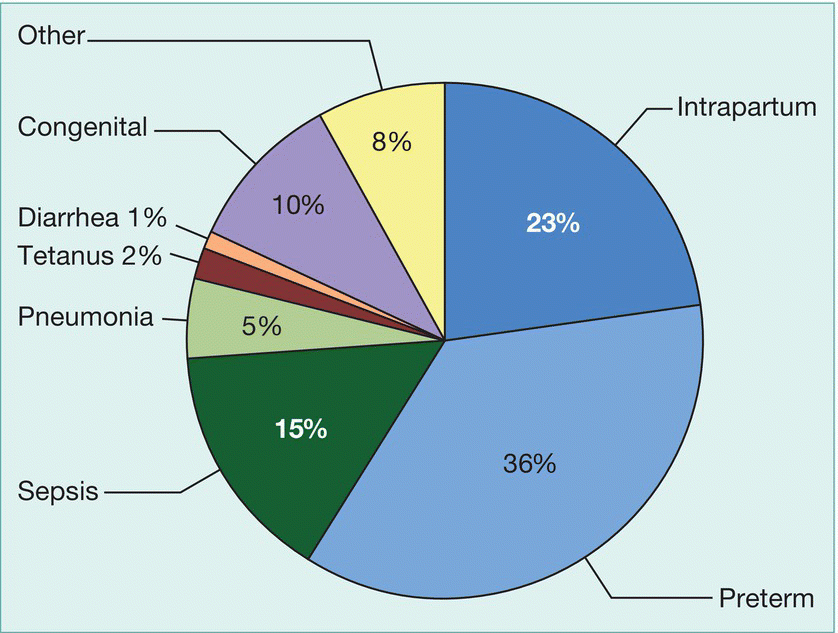
Fig. 73.3 Cause of neonatal death distribution in 194 countries in 2012.
(Source: Lawn J.E. et al. Every newborn: survival and beyond. Lancet 2014; 384: 189–205.)
Many infants have growth restriction; mortality is markedly increased in infants who are both preterm and growth restricted.
Deaths from neonatal tetanus have declined rapidly due to improved coverage of maternal tetanus toxoid immunization and improved hygiene at birth especially cord care practices. However, slower progress has been made in reducing deaths and disability from other infections, complications of childbirth or preterm birth.
Timing of newborn deaths
The birth of a baby should be a time of celebration, yet all too often it is a time of tragedy. The risk of dying during labor or the first day of life is high. Globally, every year, one million newborns (36% of all neonatal deaths), and 125 000 mothers (nearly half of maternal deaths) die and there are 1.2 million stillbirths during this short time-period.
Birth and the early neonatal period are also a time of high risk for neurologic injury resulting in long-term impairment.
Maternal health and obstetric care
Maternal health and obstetric care have a substantial impact on reducing neonatal morbidity and mortality. The following are priorities to achieve this:
- Before conception:
- – Reduce barriers to family planning – delaying first pregnancy to at least 18 years of age and 3-year birth intervals are proven health strategies for mother and baby.
- – Optimize maternal nutrition – including calories, protein, iodine, folic acid, iron.
- – Optimize prevention and treatment of infections – malaria, tetanus and sexually transmitted diseases such as syphilis and HIV (see Chapter 43, Viral infections).
- – Optimize management of chronic conditions, e.g. hypertension, diabetes.
- During pregnancy:
- – Improve coverage of key interventions, such as mosquito nets and prophylaxis for malaria.
- – Improve quality and uptake of antenatal care.
- – Improve detection and management of complications of pregnancy, including maternal infections and hypertensive disorders.
- During labor and delivery:
- – Ensure skilled attendants at all births, including essential equipment and logistical support.
- – Appropriate use of antenatal steroids for preterm labor.
- – Timely management of complications for mother or baby.
Worldwide, 70% of all births are with a skilled birth attendant, but in some countries, such as Ethiopia, Niger, Chad and Sudan, this is not achieved in three-quarters of births. Improved access to skilled attendants and referral pathways to health facilities equipped to deal with obstetric emergencies is urgently required.
Both participatory women’s groups offering peer counseling and community mobilization (Fig. 73.4) and home-visit packages by community health workers, during pregnancy and after birth, have been shown to provide an opportunity to empower women to have better outcomes for themselves and for their newborns.
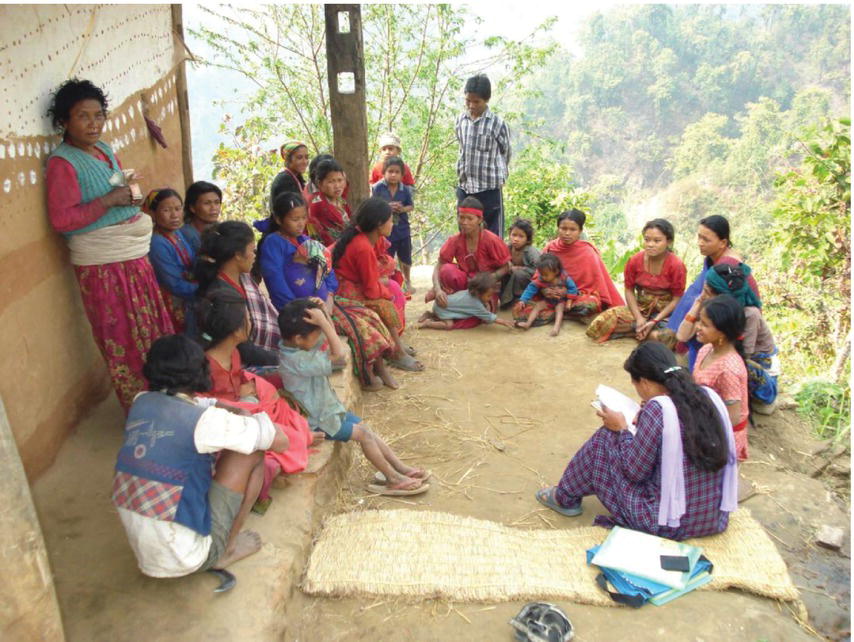
Fig. 73.4 Women’s group meeting in Nepal. Participatory women’s groups have been shown to reduce neonatal deaths in rural high-mortality settings.
(Courtesy of Save the Children. Photographer Joanna Morrison.)
Newborn care in low-resource settings – what works?
It is estimated that over 1 million lives could be saved each year even with simple care that can be provided outside hospitals and does not require intensive care or high-tech machines.
Care around the time of birth
Newborn survival would be improved if:
- Skilled birth attendants were not only present at birth but able to provide care not only for the mother but also for the newborn, including basic resuscitation with a bag and mask and recognition of infants needing additional care.
- Essential newborn care was provided (Table 73.1):
- – Infection control – hand-washing of the birth attendant, clean delivery surface, clean cutting and tying of cord and ongoing cord care (with application of chlorhexidine) to prevent neonatal infections, including tetanus.
- – Adequate thermal care – including drying the baby at birth, keeping warm with skin-to-skin contact, having a warm environment, covering the baby, including the head, and delaying bathing.
- – Early and exclusive breast-feeding – starting within 1 hour of birth and avoiding any formula milk. Exclusive breast-feeding plays a crucial role in prevention of infection and should be strongly encouraged in all countries (Fig. 73.5). Breast milk is especially important for low-birthweight infants.
- – Early detection of problems and appropriate care-seeking. Education of mothers and communities on ‘danger signs’, but care-seeking may be impeded by cost, distance or, in some cultures, by strong pressure on mothers and newborn babies not to go outside their home for the first 4–6 weeks. In addition, the hospital or health facility must be able to provide quality care for sick babies. When this is not available, home-based treatment may be an alternative. Several studies in South Asia have shown that treatment of infections with antibiotics by injection can be provided at home by community health workers, with reduction of 30% or more in neonatal deaths.
Table 73.1 Summary of survey of newborn care in rural Nepal before 2002, when the neonatal mortality was 50/1000 live births. By addressing these and other issues, neonatal mortality declined to 24/1000 in 2012.
| 90% | Gave birth at home |
| 6% | Skilled attendant at delivery |
| 11% | Alone at delivery |
| 33% | Cord cut with household sickle |
| 64% | Wrapped baby only at 30 minutes of age |
| 92% | Bathed in first hour (high risk of hypothermia) |
| 99% | Breast-fed |
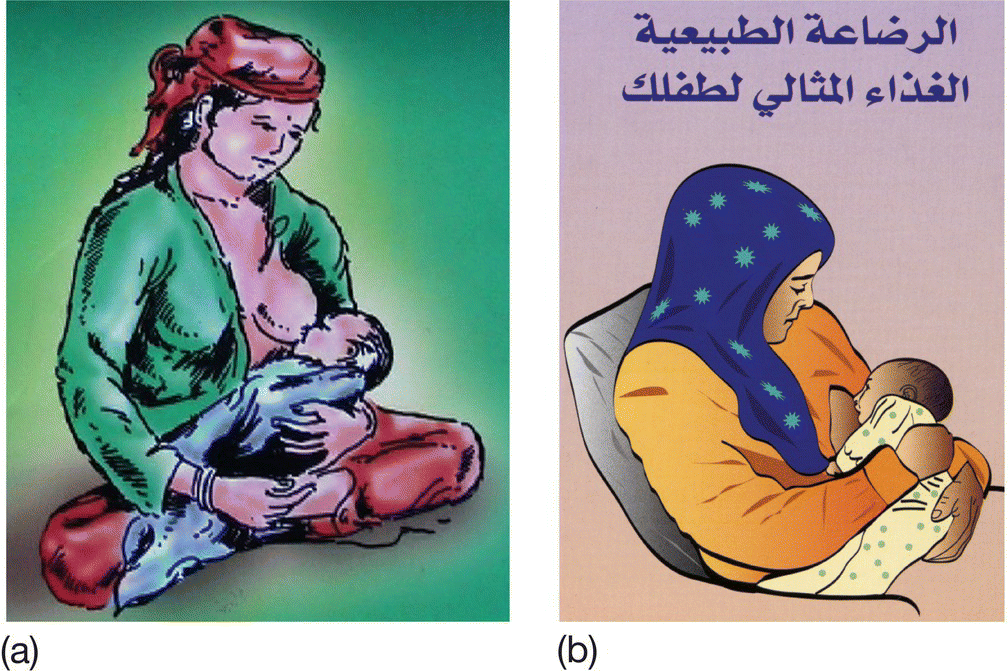
Fig. 73.5 Examples of the promotion of breast-feeding: (a) Nepal; (b) Oman.
(Courtesy of Dr Saleh Al-Khusaiby.)
Hospital-based care
Hospitals should be able to provide safe, quality care for sick or small newborns, a key priority for improving newborn survival and health. This includes:
- Health-care professionals specifically trained in providing newborn care.
- Neonatal resuscitation available.
- Up-to-date, evidence based guidelines for common conditions.
- Measures for infection control practiced, e.g. hand hygiene and sterile procedures, equipment cleaned.
- Thermal regulation – warm delivery room, skin-to-skin policy, clothing and hats for babies. Other warming devices such as radiant heaters, incubators or warming mattresses are used appropriately and maintained.
- Feeding support for mothers of preterm babies and supplemental feeding – help for mothers to express milk, cup feeding, gavage (nasogastric) tube feeding if needed.
- Intravenous (IV) fluids, closely monitored.
- Antibiotic treatment for babies at increased risk or signs of infection.
- Management of jaundice.
- Kangaroo mother care – provided continuously by mothers for stable preterm babies (Fig. 73.6). This is a cost-effective intervention which improves thermal care, breast-feeding and bonding and reduces infection and neonatal mortality in low- and middle-income countries. Allows limited staff resources to be focused on the sickest babies. Often limited by lack of space.
- Respiratory support – oxygen, aminophylline or caffeine for apnea, bubble CPAP (continuous positive airway pressure) or other forms of non-invasive respiratory support. Artificial ventilation may be appropriate in some settings with well-functioning neonatal units able to provide basic respiratory support, but requires a high level of resources.
- Supportive care, e.g. control of seizures in hypoxic–ischemic encephalopathy.
- Monitoring, including oxygen monitoring with pulse oximetry – blindness from retinopathy of prematurity has been reported in many middle-income countries affecting relatively mature infants from use of excessively high concentrations of oxygen without appropriate monitoring.
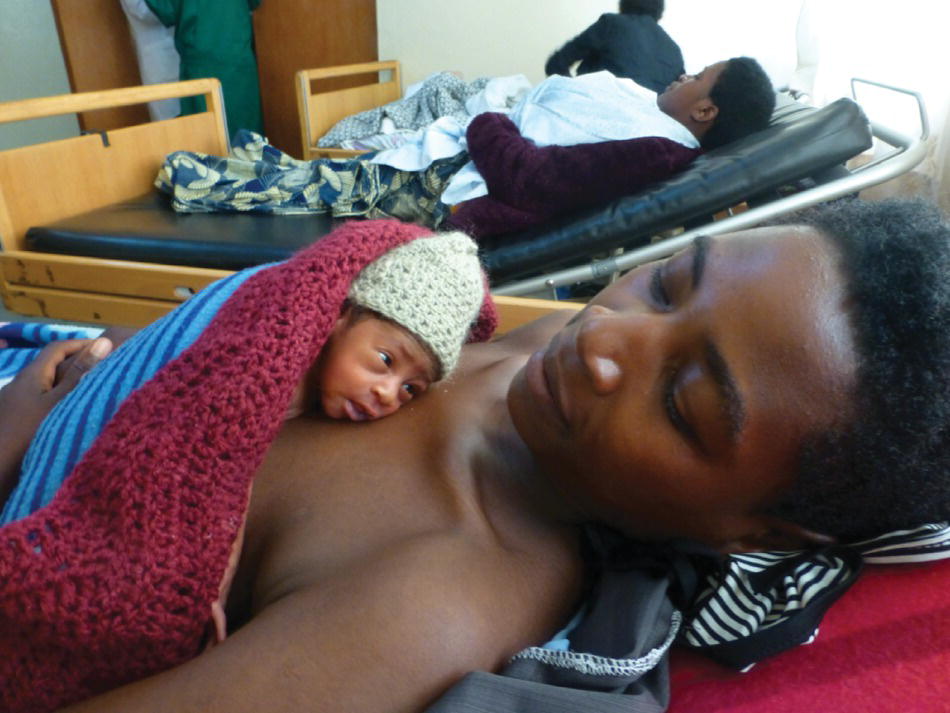
Fig. 73.6 Kangaroo mother care for a preterm newborn.
(Photo courtesy of Save the Children, South Africa.)